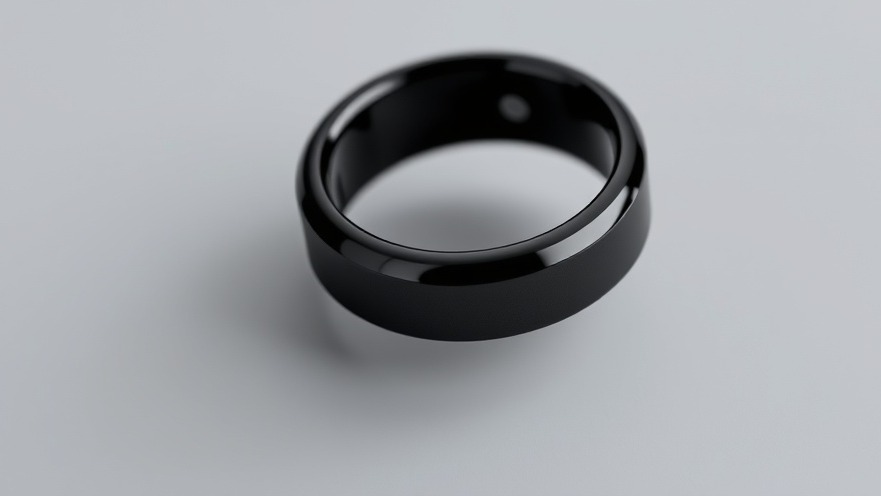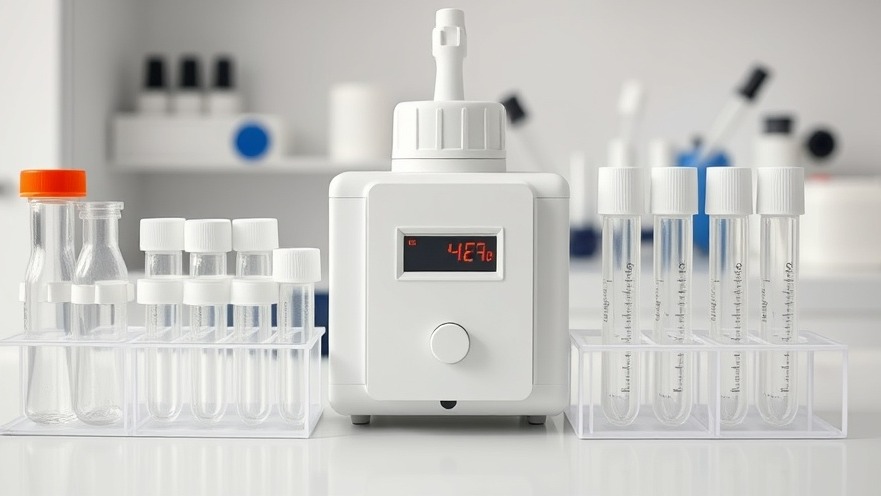
The Future of Bioelectronics: Nature’s Blueprint for Innovation
Innovation in healthcare technology is reaching new heights, particularly in the field of bioelectronics—a domain that melds biological processes with electronic systems. At the forefront of this evolution is research conducted at Washington University in St. Louis, where a team led by biomedical engineer Alexandra Rutz and doctoral student Somtochukwu Okafor is pioneering the creation of bioelectronic scaffolds using state-of-the-art 3D printing techniques.
Building with Nature-Inspired Designs
These bioelectronic scaffolds, made from a conducting polymer known as PEDOT:PSS, exhibit unique properties that allow them to maintain electronic functionality in water, setting them apart in the landscape of tissue engineering. Traditionally, scaffolds utilized in medical applications have either been polymeric or derived from natural materials. Rutz noted that while the natural world has inspired many designs, their approach focuses on creating "functional materials" engineered explicitly for electronic conductivity.
The Mechanics of Bioelectronics
These tiny scaffolds, measuring about six millimeters in diameter, are developed in a water-based gel form that significantly enhances cell growth capabilities. By employing 3D printing, Rutz and Okafor have successfully integrated electronic functionality that not only mimics but also interacts with natural biological processes. This intersection elevates traditional tissue engineering, fostering a system where living cells and electronic systems can operate in concert, much like natural biological ecosystems.
Applications That Could Transform Healthcare
The implications of this research are vast, unlocking potential advancements in various medical disciplines. For instance, the scaffolds are envisioned to spur innovations in drug testing through 'tissues-on-chips' technology, enabling more accurate physiological simulations in laboratory settings. Such applications promise to enhance our understanding of drug interactions and body responses, potentially revolutionizing pharmacology and personalized medicine.
Interdisciplinary Benefits and Future Trends
As healthcare technology continues to make strides, the interdisciplinary collaboration between engineers, biologists, and healthcare practitioners will increasingly shape these advancements. This convergence not only fosters creativity and innovation but is also essential for addressing complex health challenges.
Importantly, the significance of financial support has played a role in amplifying the impact of this groundbreaking work. The researchers secured funding from Washington University and grants from organizations like the National Science Foundation, highlighting the importance of institutional support in research advancement.
Challenges and Future Directions
While the pursuit of integrating these bioelectronic systems into broader medical applications is captivating, challenges remain. Ensuring that these scaffolds interact effectively with biological systems over extended periods is critical for their eventual clinical use. Future research will delve into their performance with various cells and the long-term implications of their application in regenerative treatments.
Final Thoughts: The Pathway to Tomorrow’s Advances
The pioneering efforts by Rutz and Okafor reflect a significant leap toward the future of medicine, where technology not only complements biological function but elevates it. As bioelectronics gain a foothold in medical practices, concierge health practitioners must stay informed about these developments. Understanding these advancements will empower health professionals to integrate cutting-edge solutions into their practices, ultimately improving patient care and outcomes.
For practitioners keen to stay ahead in medical innovations, it's vital to keep an eye on these emerging technologies, understanding how they can impact patient treatment and enhance overall healthcare strategies.
 Add Row
Add Row  Add
Add 






Write A Comment